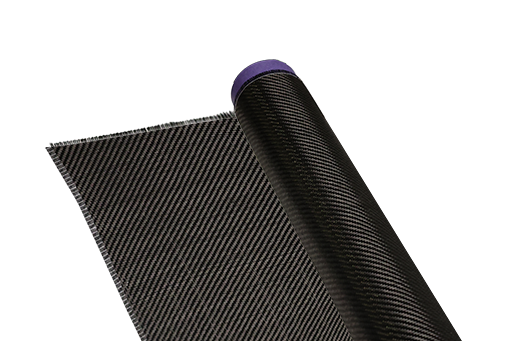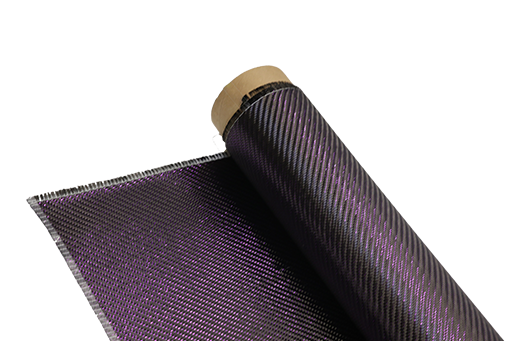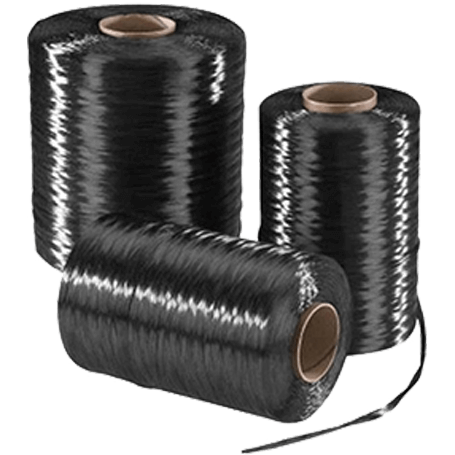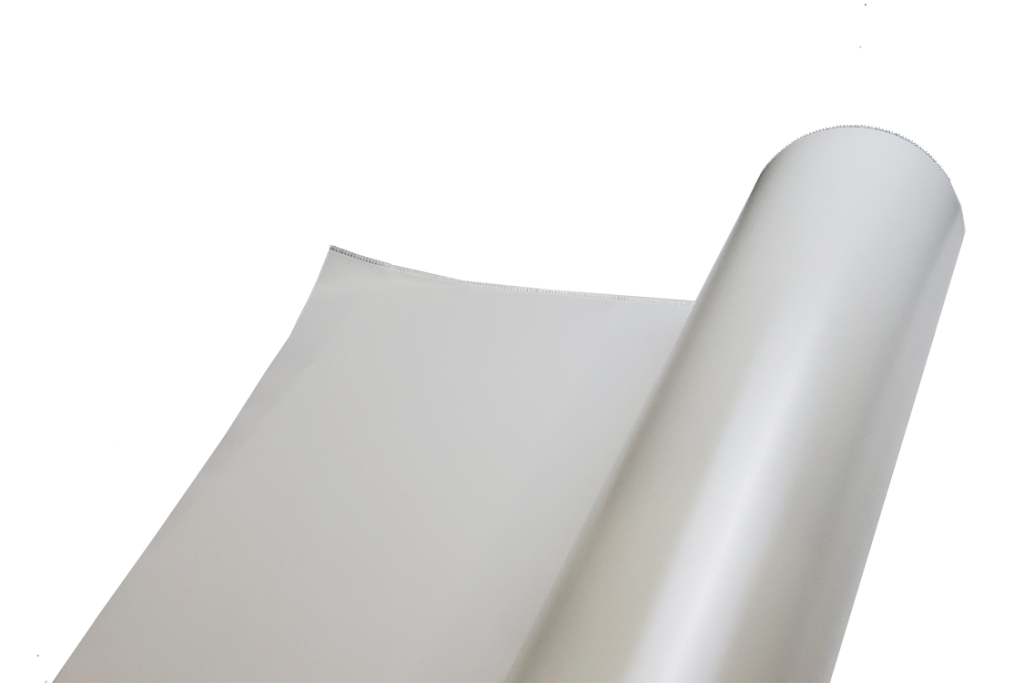Transparent Carbon Fiber? New Applications in Design
-
Table of Contents
“Revolutionizing Design: Unleash the Future with Transparent Carbon Fiber.”
Transparent carbon fiber is an innovative material that combines the strength and lightweight properties of traditional carbon fiber with a unique transparency feature. This advancement opens up new possibilities in design across various industries, including automotive, aerospace, and consumer electronics. By allowing light to pass through while maintaining structural integrity, transparent carbon fiber enables designers to create visually striking products that showcase internal components or enhance aesthetic appeal. Its applications range from sleek automotive interiors to cutting-edge electronic devices, where both functionality and style are paramount. As technology continues to evolve, transparent carbon fiber is poised to redefine design paradigms, merging performance with visual innovation.
Transparent Carbon Fiber: Revolutionizing Automotive Design
The advent of transparent carbon fiber marks a significant milestone in automotive design, offering a unique blend of strength, lightweight properties, and aesthetic appeal. Traditionally, carbon fiber has been celebrated for its exceptional strength-to-weight ratio, making it a preferred material in high-performance vehicles. However, the introduction of transparency into this composite material opens up a new realm of possibilities, allowing designers to rethink the visual and functional aspects of automotive engineering.
One of the most compelling advantages of transparent carbon fiber is its ability to maintain the structural integrity that carbon fiber is known for while providing a visually striking appearance. This innovation allows for the creation of components that not only perform exceptionally well but also enhance the overall design language of a vehicle. For instance, manufacturers can now incorporate transparent carbon fiber into body panels, allowing for a glimpse of the intricate engineering and technology housed within. This transparency can serve as a design statement, showcasing the vehicle’s advanced materials and construction techniques, thereby appealing to a market that increasingly values both performance and aesthetics.
Moreover, the integration of transparent carbon fiber into automotive design can lead to significant weight reductions. As the automotive industry continues to prioritize fuel efficiency and sustainability, the lightweight nature of this material becomes a crucial factor. By replacing heavier materials with transparent carbon fiber, manufacturers can reduce the overall weight of vehicles, which in turn enhances fuel efficiency and performance. This is particularly relevant in the context of electric vehicles, where every kilogram saved can lead to improved range and battery efficiency. Thus, transparent carbon fiber not only contributes to the visual appeal of a vehicle but also aligns with the industry’s shift towards more sustainable practices.
In addition to its structural and aesthetic benefits, transparent carbon fiber also presents opportunities for innovative lighting solutions. The material’s transparency allows for the integration of lighting elements within the carbon fiber itself, creating a seamless and modern look. This capability can be utilized in various applications, such as illuminated logos, ambient lighting within the cabin, or even dynamic exterior lighting that enhances visibility and safety. As automotive design increasingly embraces technology, the ability to incorporate lighting into structural components represents a significant advancement, merging form and function in unprecedented ways.
Furthermore, the use of transparent carbon fiber can enhance the customization options available to consumers. As personalization becomes a key trend in the automotive market, the ability to offer transparent components allows for unique design choices that reflect individual tastes. Customers can select from a range of finishes and treatments, enabling them to create a vehicle that stands out in a crowded marketplace. This level of customization not only enhances the ownership experience but also fosters a deeper connection between the consumer and their vehicle.
In conclusion, transparent carbon fiber is poised to revolutionize automotive design by merging strength, lightweight properties, and visual appeal. Its introduction into the industry not only enhances the performance and efficiency of vehicles but also opens up new avenues for creativity and personalization. As manufacturers continue to explore the potential of this innovative material, it is clear that transparent carbon fiber will play a pivotal role in shaping the future of automotive design, making vehicles not only more functional but also more visually captivating. The journey of transparent carbon fiber in the automotive sector is just beginning, and its impact is likely to resonate for years to come.
Innovative Uses of Transparent Carbon Fiber in Architecture

The advent of transparent carbon fiber has opened new avenues in architectural design, merging aesthetics with functionality in unprecedented ways. Traditionally, carbon fiber has been celebrated for its strength and lightweight properties, making it a staple in various industries, including automotive and aerospace. However, the introduction of transparency into this material has sparked a revolution in how architects and designers approach their projects. This innovative material not only retains the structural integrity associated with carbon fiber but also allows for light transmission, creating a unique interplay between the built environment and natural illumination.
One of the most compelling applications of transparent carbon fiber in architecture is its use in facades. By incorporating this material into building exteriors, architects can design structures that are not only visually striking but also energy-efficient. The transparency of the carbon fiber allows natural light to penetrate deep into the interior spaces, reducing the need for artificial lighting during the day. This not only enhances the aesthetic appeal of the building but also contributes to sustainability efforts by lowering energy consumption. Furthermore, the lightweight nature of transparent carbon fiber enables architects to create expansive glass-like surfaces without the structural limitations typically associated with traditional materials.
In addition to facades, transparent carbon fiber is being utilized in the design of interior spaces. For instance, partitions made from this innovative material can create a sense of openness while still providing necessary separation between different areas. This is particularly beneficial in commercial spaces, where the need for collaboration and communication is paramount. By using transparent carbon fiber for interior walls, designers can maintain an airy atmosphere while ensuring that sound and visual privacy are respected. The versatility of this material allows for creative freedom, enabling designers to experiment with various shapes and forms that would be challenging to achieve with conventional materials.
Moreover, the integration of transparent carbon fiber into architectural elements such as staircases and railings is gaining traction. These features, often focal points in a building’s design, can be transformed into stunning visual statements that enhance the overall aesthetic. The transparency of the material allows for a seamless connection between different levels of a structure, creating an illusion of floating elements that can captivate occupants and visitors alike. This not only elevates the design but also encourages a sense of safety and openness, as the transparent nature of the material provides unobstructed views.
As architects continue to explore the potential of transparent carbon fiber, the possibilities for innovative applications seem limitless. For instance, its use in skylights and roofing systems can dramatically alter the way natural light interacts with interior spaces, fostering a more dynamic and engaging environment. Additionally, the material’s resistance to environmental factors such as UV radiation and moisture makes it an ideal candidate for outdoor applications, ensuring longevity and durability in various climates.
In conclusion, the emergence of transparent carbon fiber is reshaping the landscape of architectural design. By combining the strength and lightweight properties of traditional carbon fiber with the aesthetic appeal of transparency, architects are able to create structures that are not only functional but also visually captivating. As this material continues to evolve, it is likely that we will see even more innovative uses in architecture, pushing the boundaries of what is possible in the built environment. The future of design is undoubtedly bright, illuminated by the potential of transparent carbon fiber.
The Future of Wearable Technology with Transparent Carbon Fiber
The advent of transparent carbon fiber marks a significant milestone in the evolution of materials science, particularly in the realm of wearable technology. As the demand for innovative and aesthetically pleasing designs continues to rise, the integration of transparent carbon fiber into wearable devices presents a unique opportunity to enhance both functionality and style. This remarkable material, known for its strength and lightweight properties, is now being reimagined to offer transparency, allowing for a seamless blend of technology and fashion.
One of the most compelling aspects of transparent carbon fiber is its potential to revolutionize the way we perceive wearable technology. Traditionally, wearables have been characterized by bulky designs and opaque materials that often detract from their visual appeal. However, with the introduction of transparent carbon fiber, designers can create devices that not only serve practical purposes but also act as fashion statements. This shift towards more visually appealing wearables is particularly important in a market that increasingly values personal expression and individuality.
Moreover, the transparency of carbon fiber opens up new avenues for user interaction. Imagine a smartwatch that not only tracks fitness metrics but also allows users to see notifications and messages through a sleek, transparent interface. This capability could lead to a more intuitive user experience, as individuals would be able to engage with their devices without the need for additional screens or displays. The integration of transparent carbon fiber could also facilitate the development of augmented reality applications, where digital information overlays seamlessly onto the physical world, enhancing the functionality of wearables in everyday life.
In addition to aesthetic and functional benefits, transparent carbon fiber offers significant advantages in terms of durability and performance. The inherent strength of carbon fiber ensures that wearables can withstand the rigors of daily use while maintaining a lightweight profile. This is particularly crucial for devices that are worn on the body, as comfort and resilience are paramount. Furthermore, the transparency of the material does not compromise its structural integrity, allowing designers to push the boundaries of creativity without sacrificing performance.
As the technology behind transparent carbon fiber continues to advance, we can expect to see a proliferation of applications in various sectors beyond consumer electronics. For instance, in the realm of healthcare, transparent carbon fiber could be utilized to create smart textiles that monitor vital signs while remaining unobtrusive and comfortable for the wearer. This innovation could lead to more effective health monitoring solutions, enabling individuals to track their well-being without the discomfort associated with traditional medical devices.
In conclusion, the future of wearable technology is poised for transformation with the introduction of transparent carbon fiber. This innovative material not only enhances the aesthetic appeal of devices but also offers practical benefits that could redefine user interaction and functionality. As designers and engineers continue to explore the possibilities of transparent carbon fiber, we can anticipate a new era of wearables that seamlessly integrate into our lives, combining style, performance, and advanced technology. The potential applications are vast, and as this material gains traction, it is likely to inspire a wave of creativity that will shape the future of wearable technology for years to come.
Q&A
1. **What is transparent carbon fiber?**
Transparent carbon fiber is a composite material that combines carbon fiber with a transparent polymer matrix, allowing for both strength and visibility. This innovation enables the material to maintain the lightweight and high-strength properties of traditional carbon fiber while offering a see-through aesthetic.
2. **What are some new applications of transparent carbon fiber in design?**
Transparent carbon fiber is being used in various applications, including automotive design for lightweight, visually striking components, in consumer electronics for sleek device casings, and in architectural elements to create modern, transparent structures that maintain structural integrity while allowing light to pass through.
3. **How does transparent carbon fiber impact sustainability in design?**
By using transparent carbon fiber, designers can create lighter products that require less energy for transportation and operation. Additionally, the durability of the material can lead to longer product lifespans, reducing waste and the need for frequent replacements, thus contributing to more sustainable design practices.Transparent carbon fiber represents a significant advancement in material science, combining the strength and lightweight properties of traditional carbon fiber with optical transparency. This innovative material opens up new applications in design across various fields, including automotive, aerospace, architecture, and consumer electronics. Its aesthetic appeal allows for unique design possibilities, enabling the creation of visually striking products that do not compromise on performance. As industries continue to explore and integrate transparent carbon fiber, it is poised to redefine standards in both functionality and visual design, paving the way for futuristic applications that enhance user experience and product innovation.











